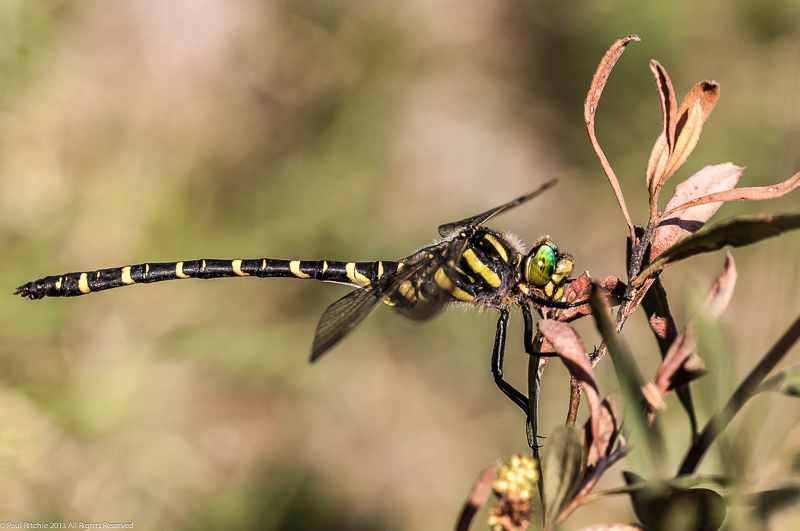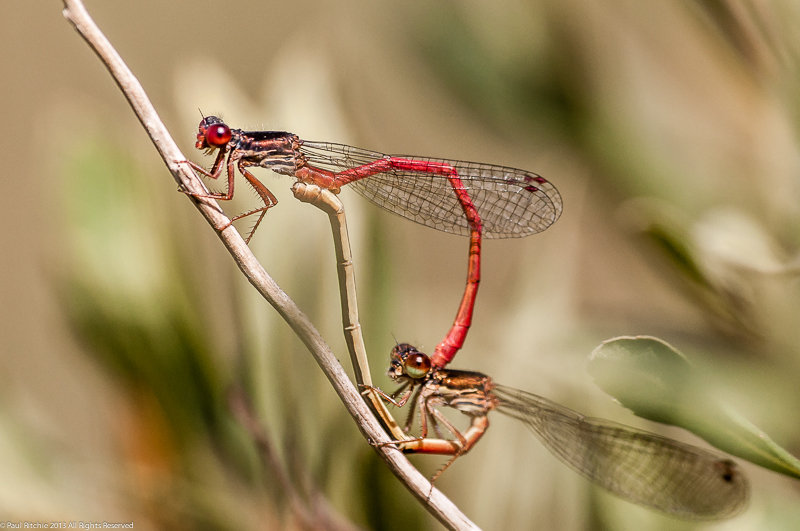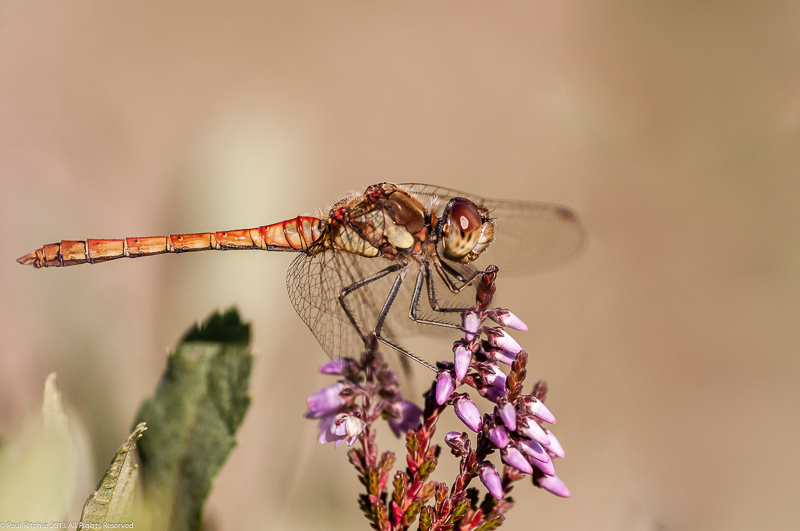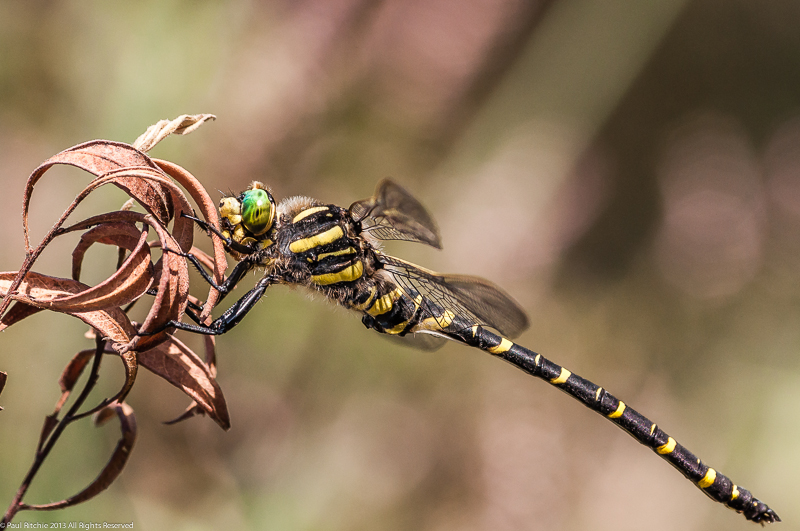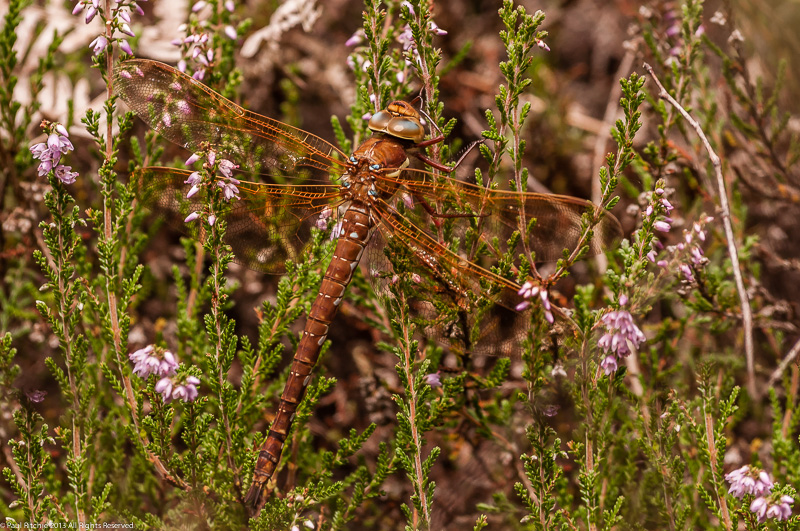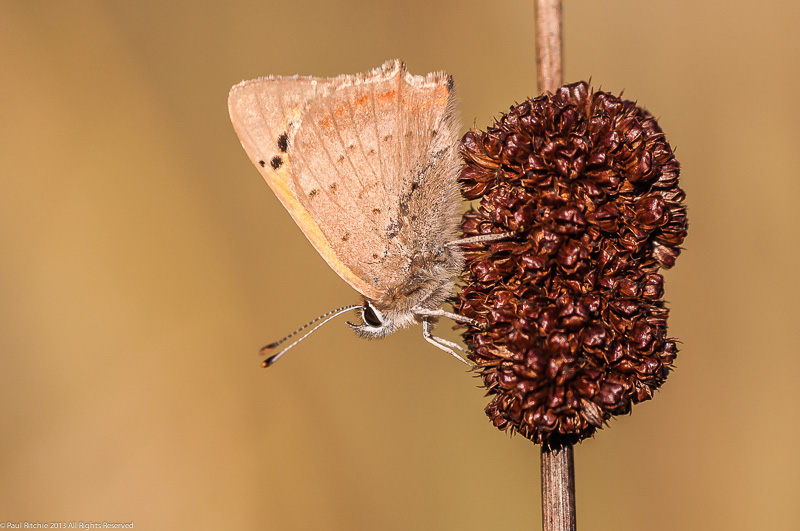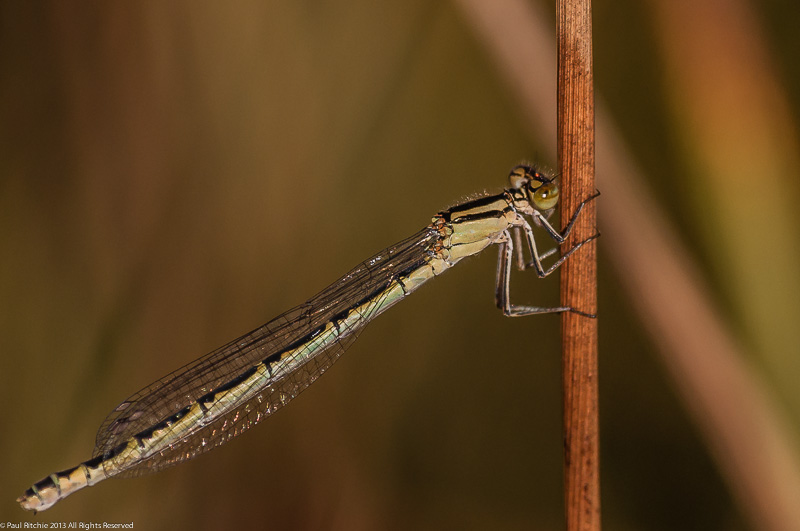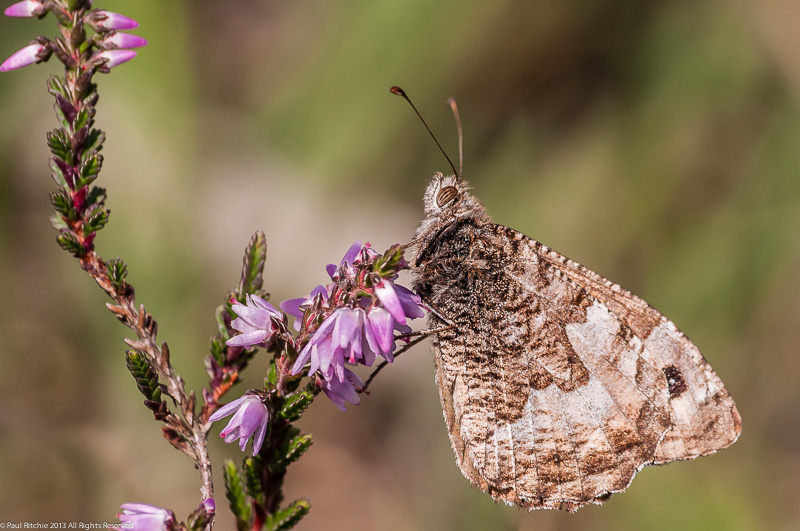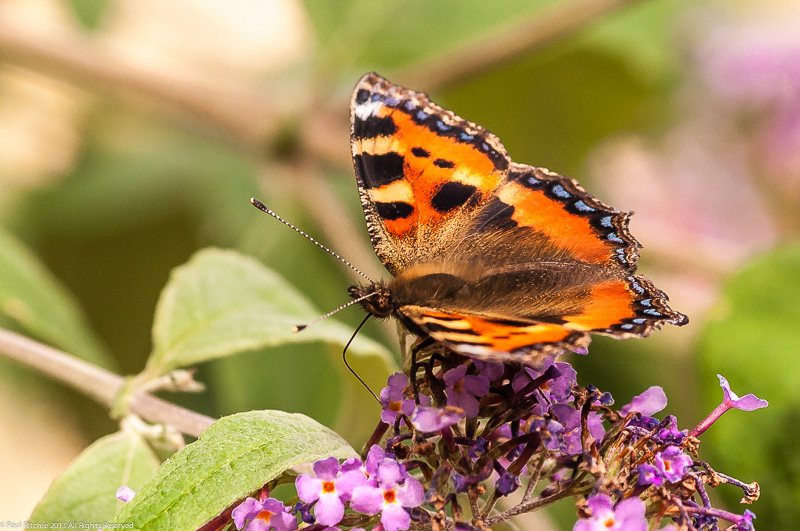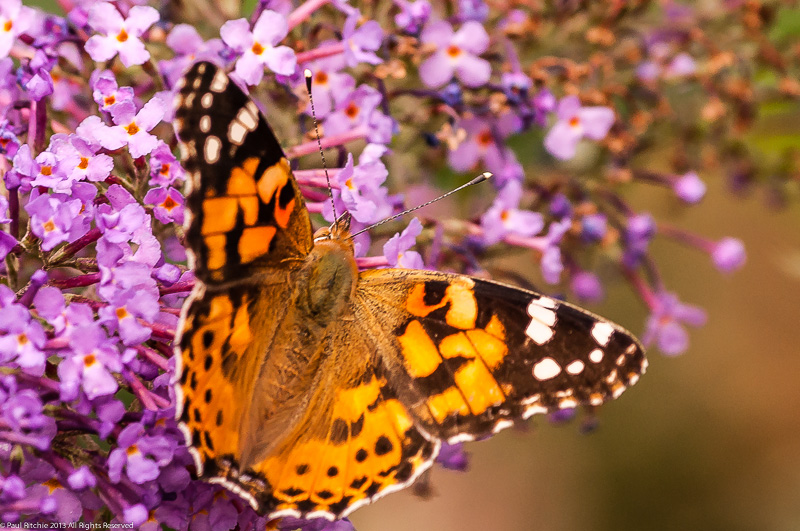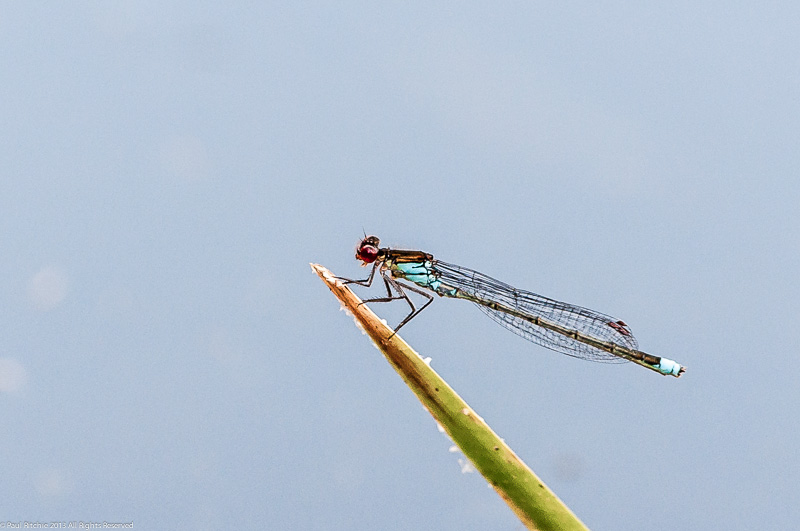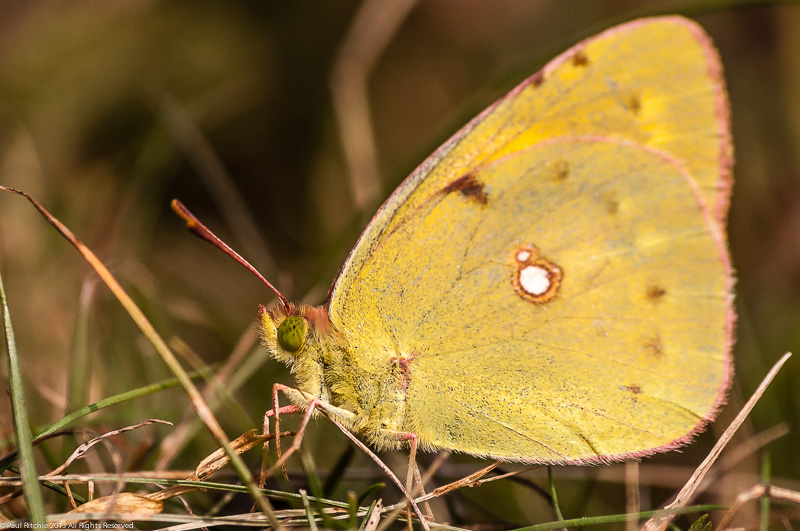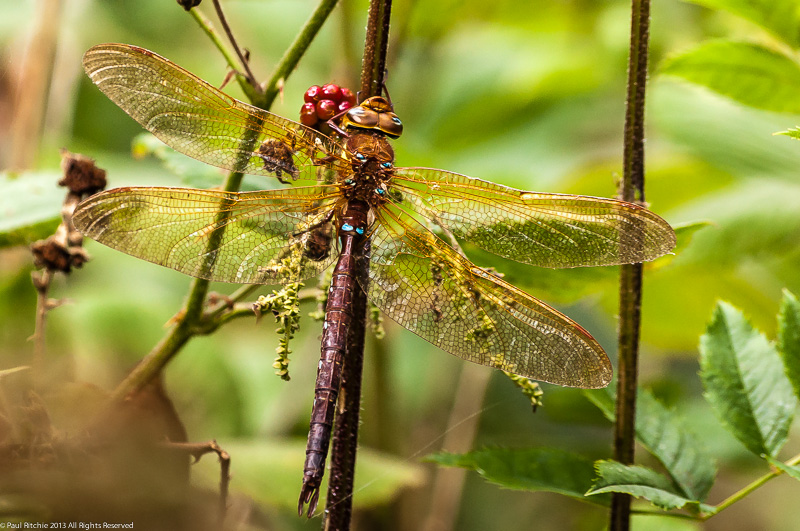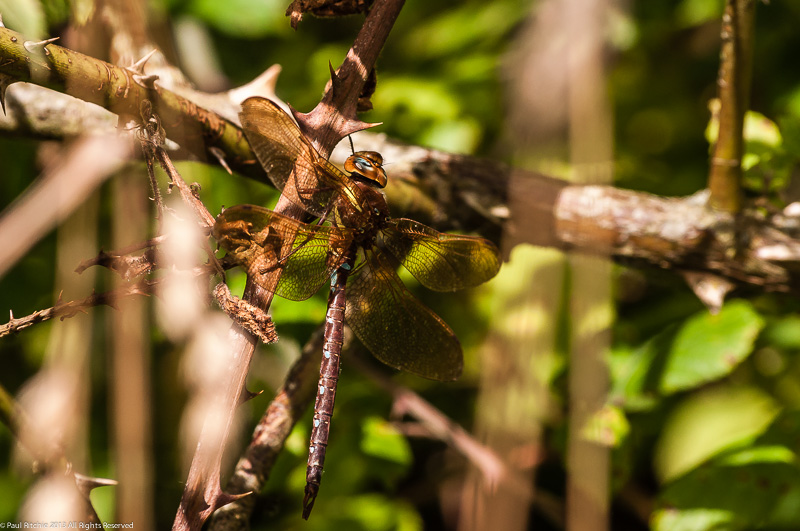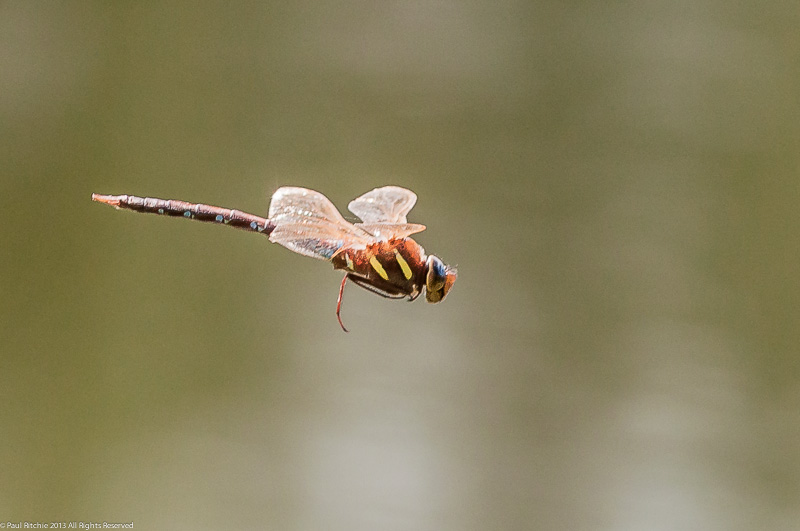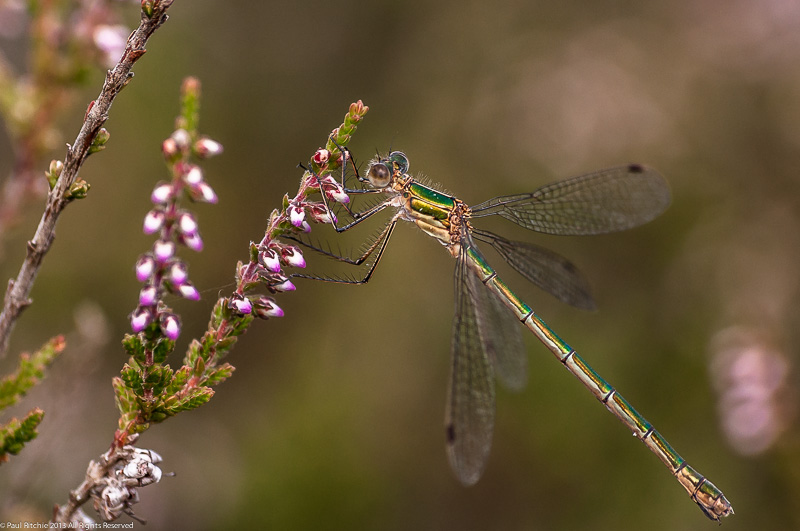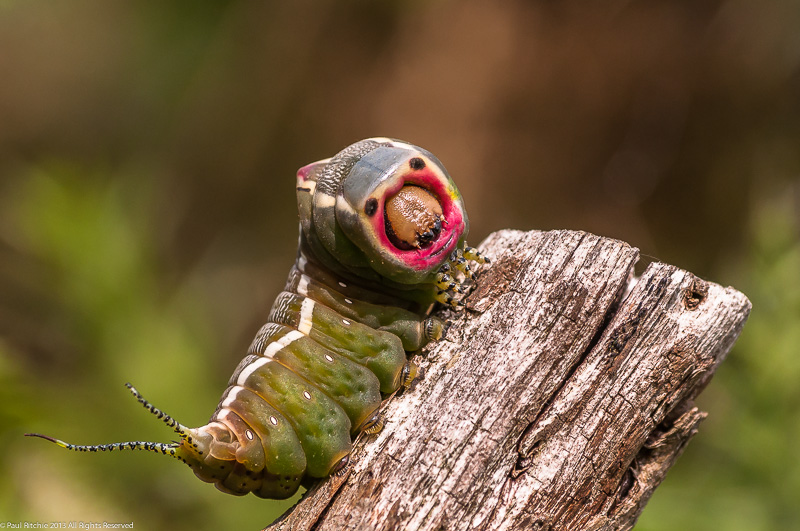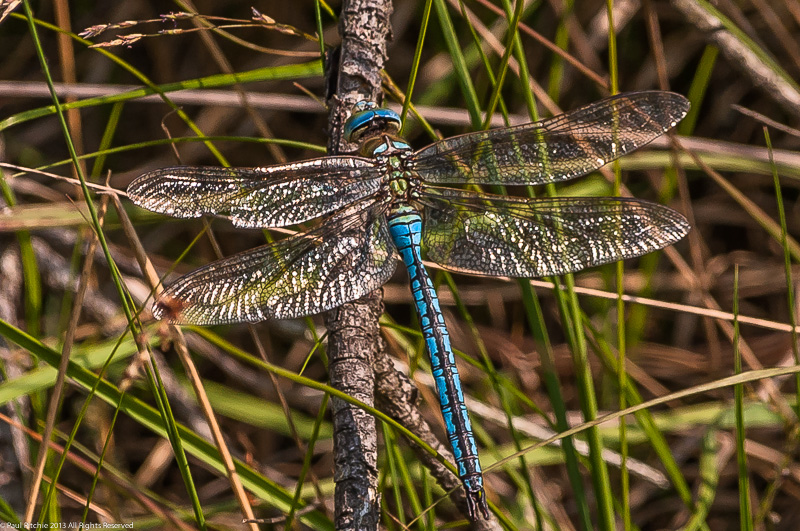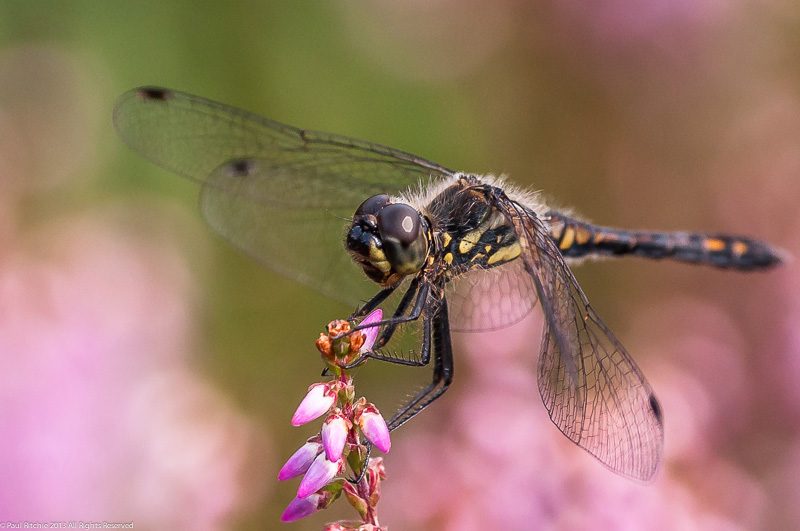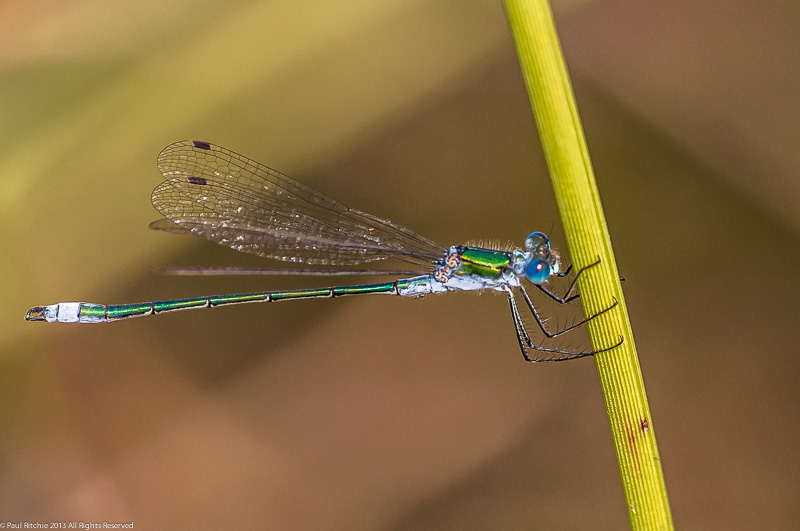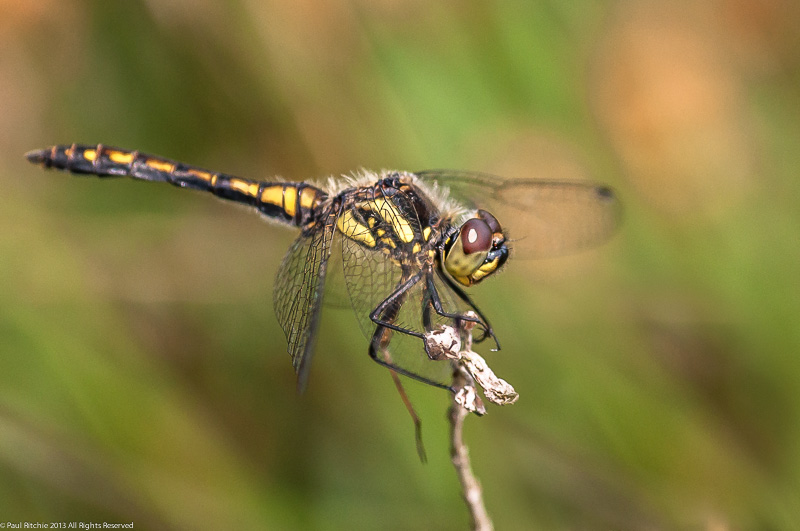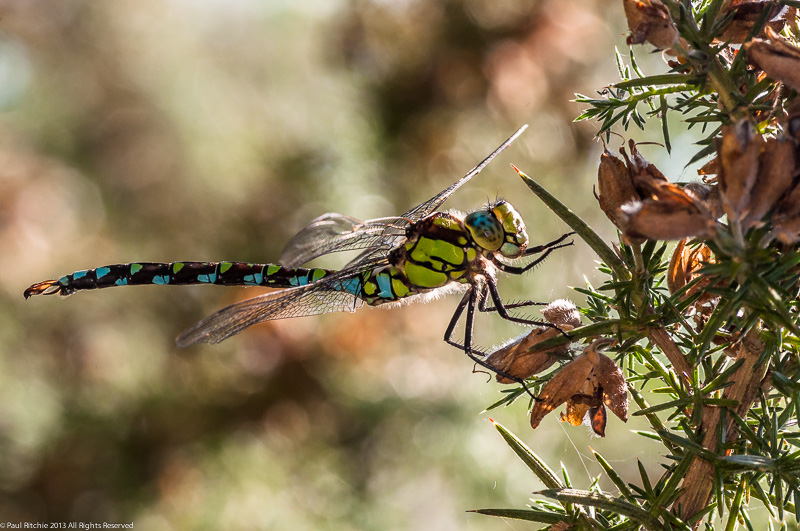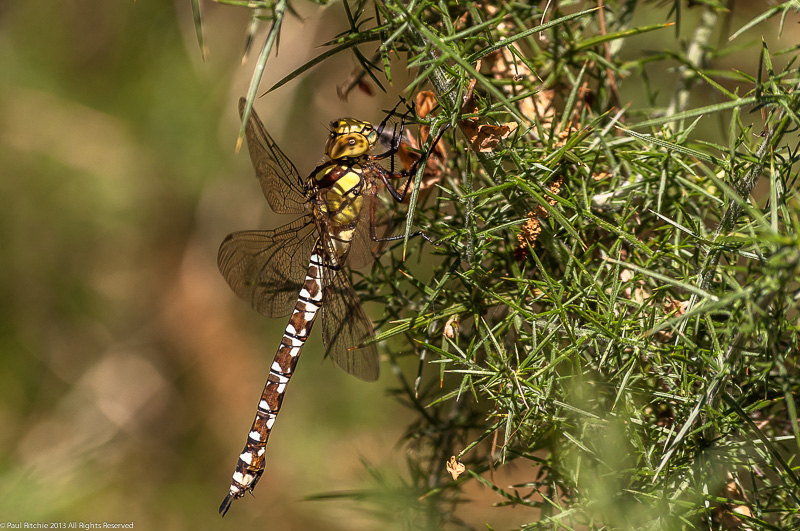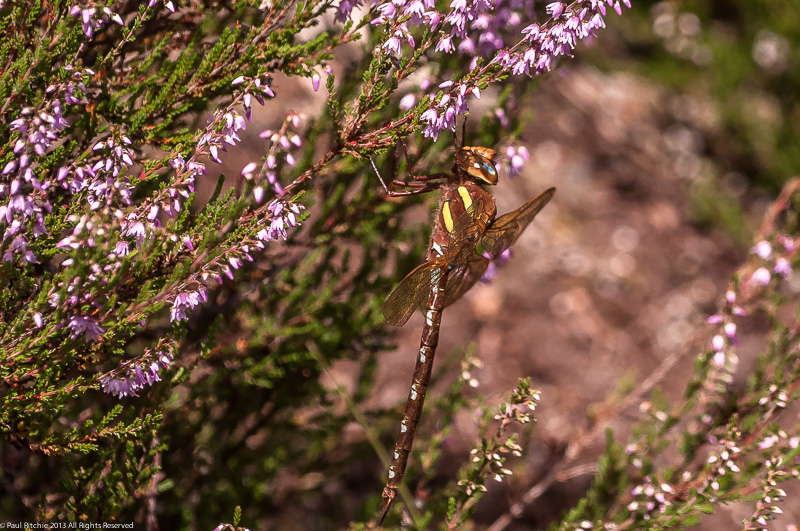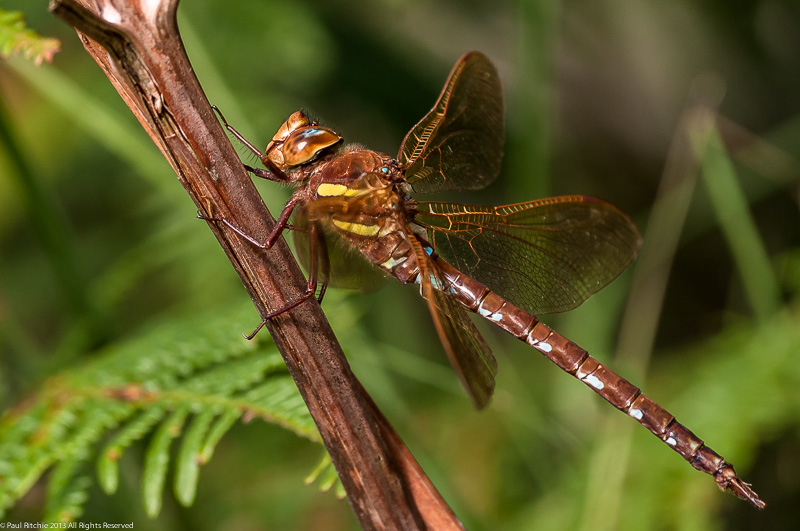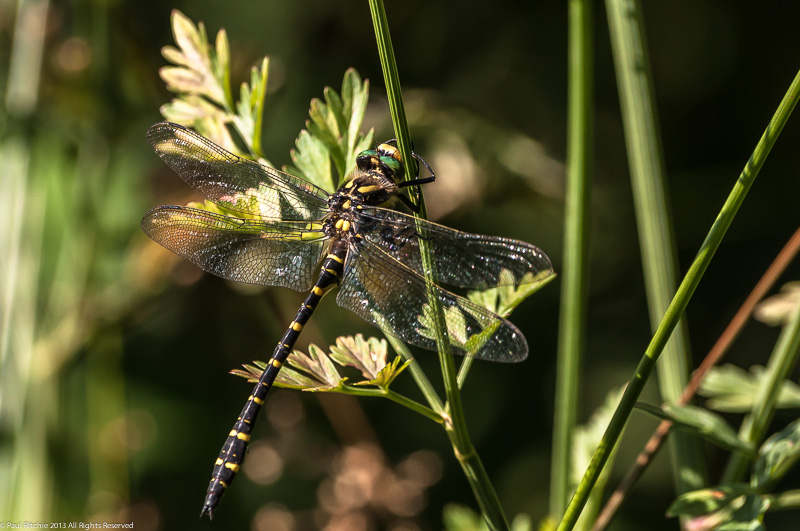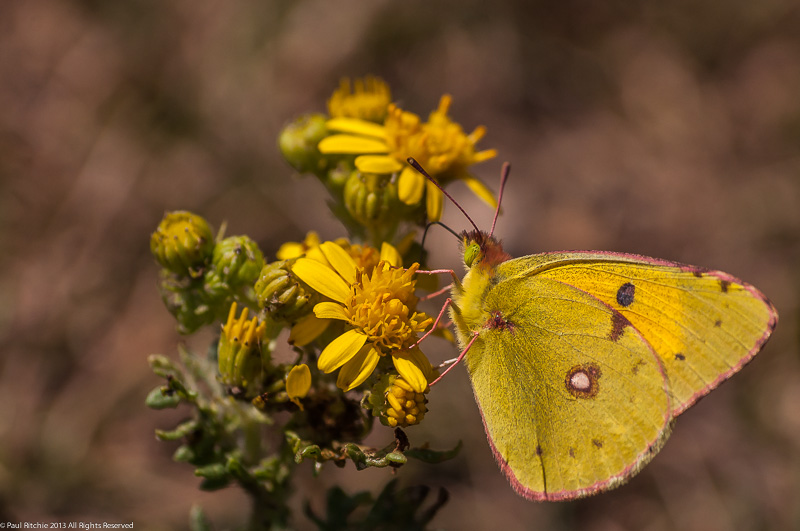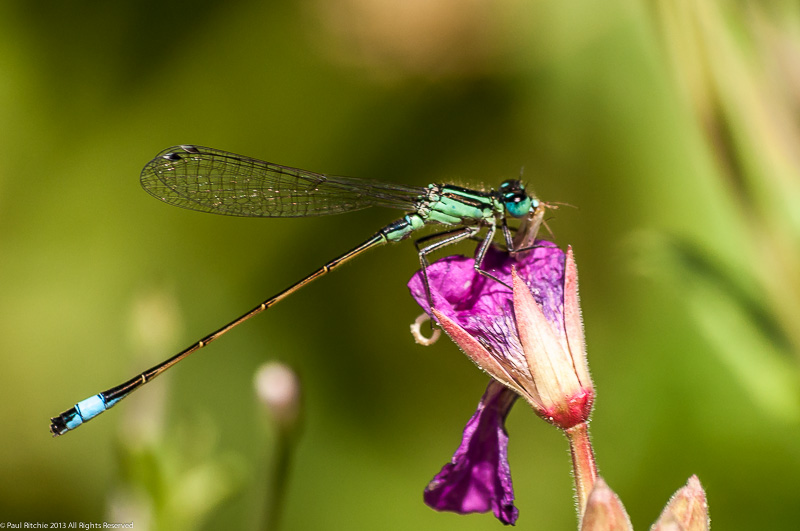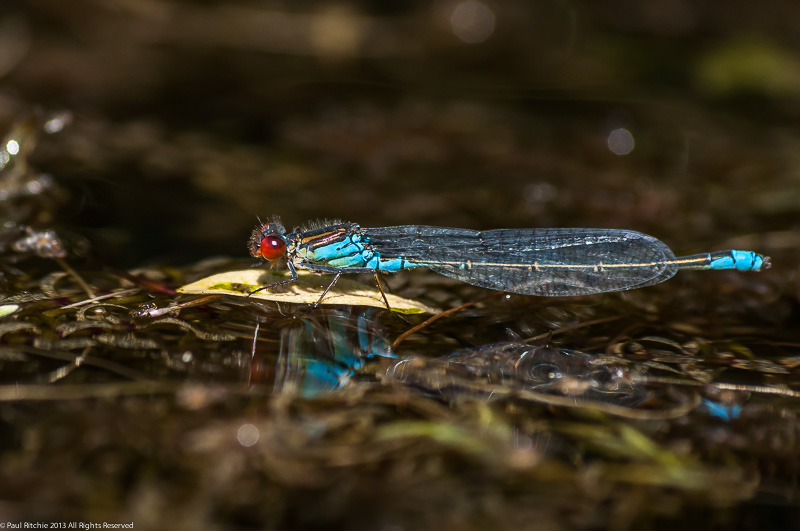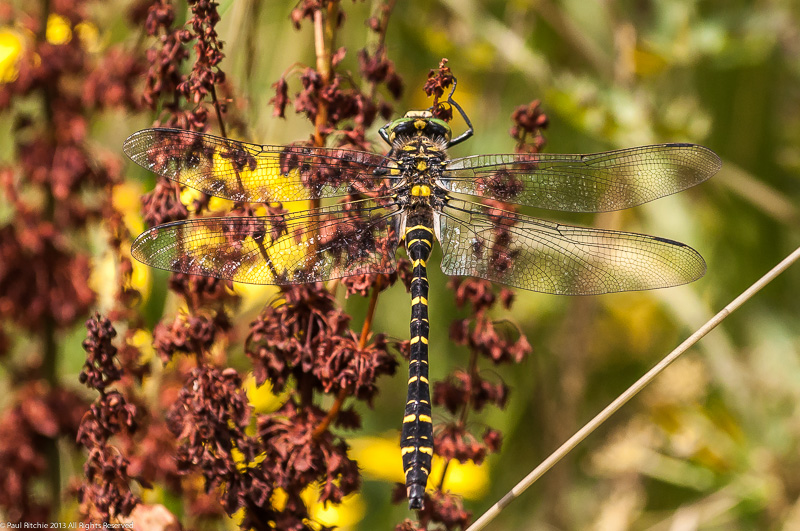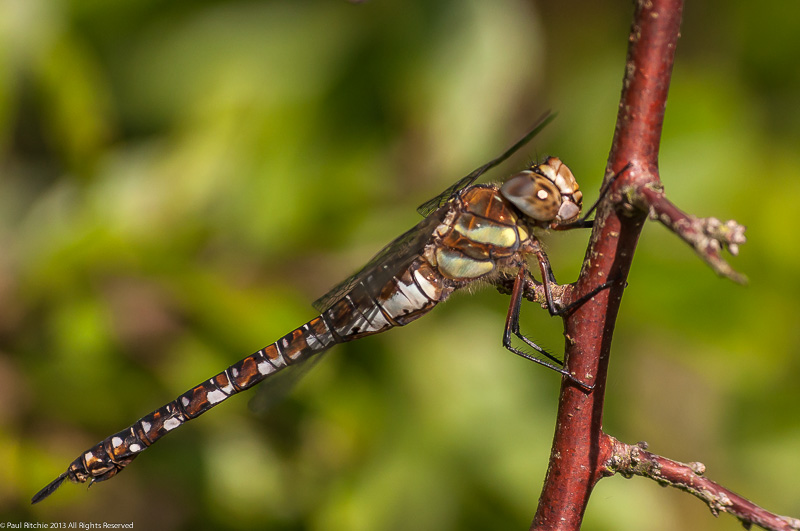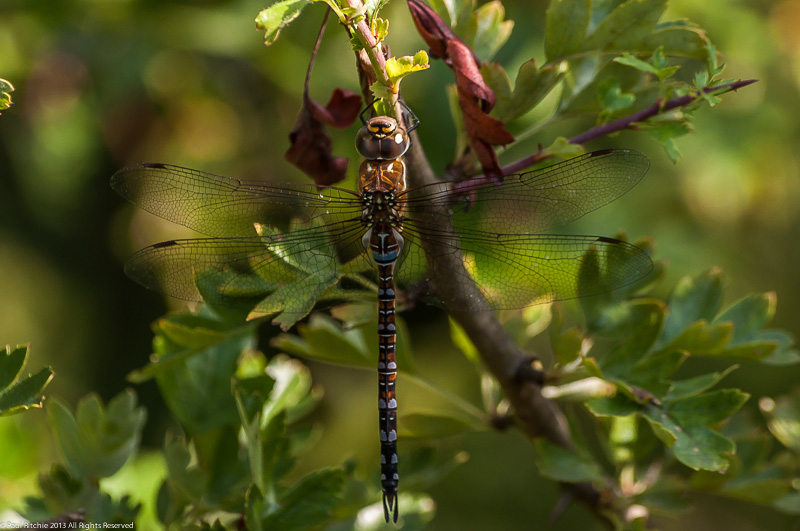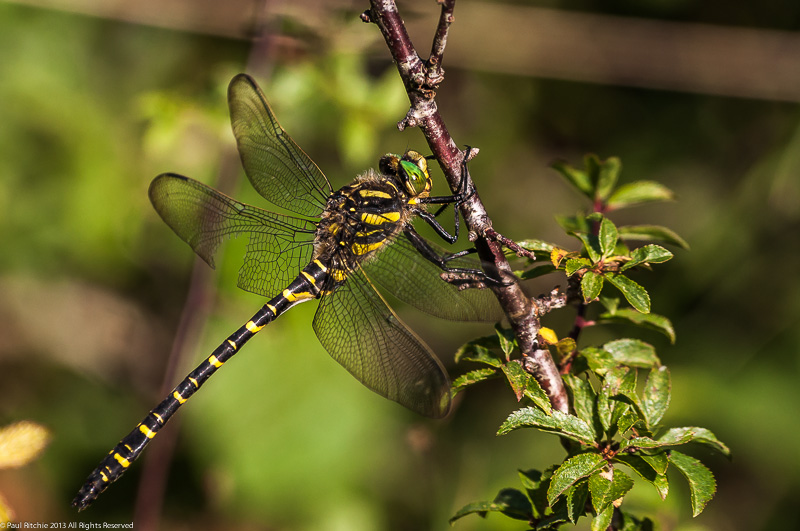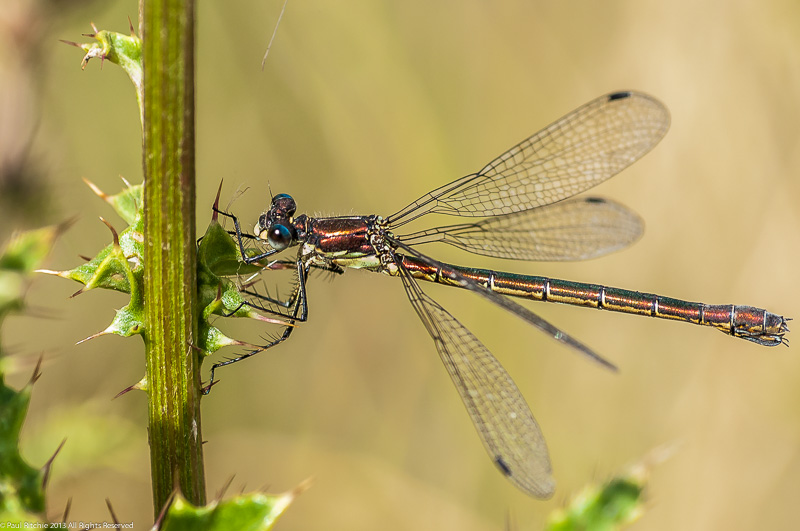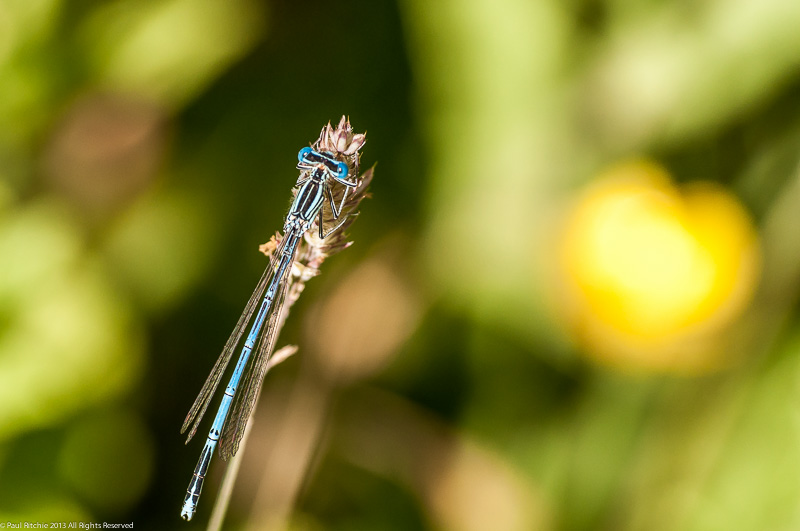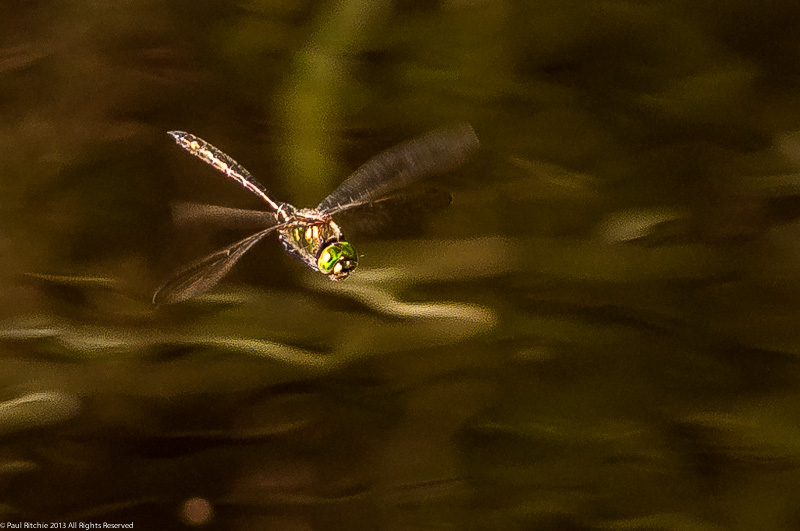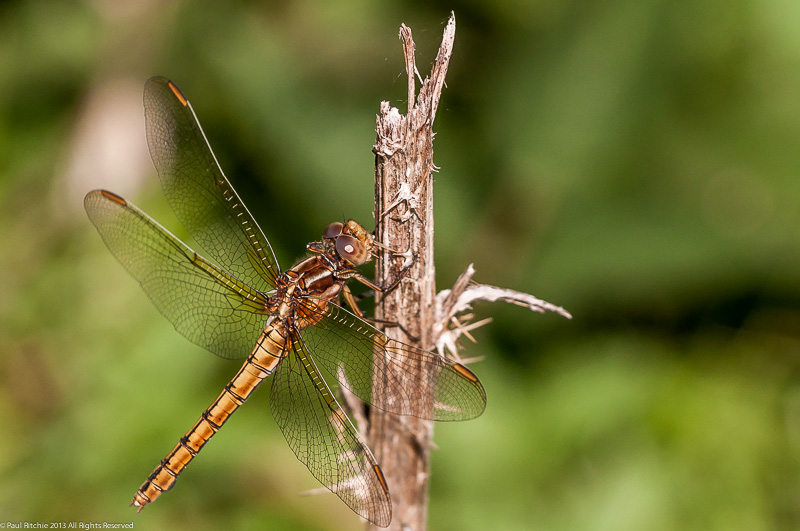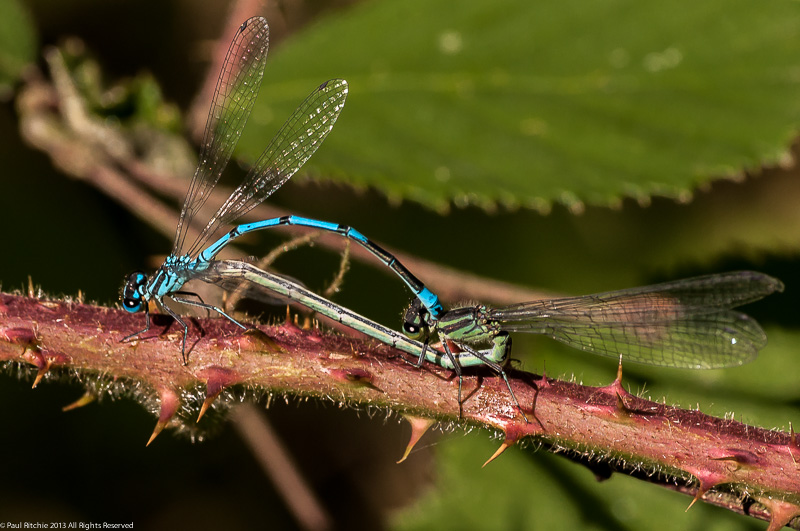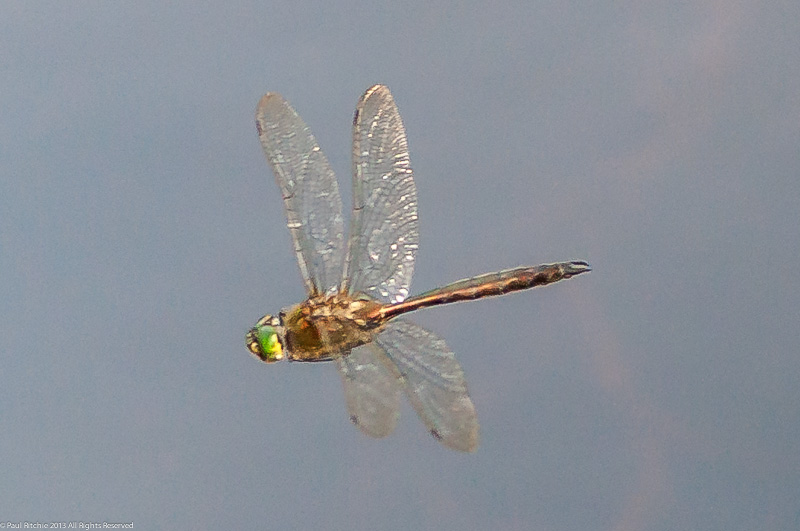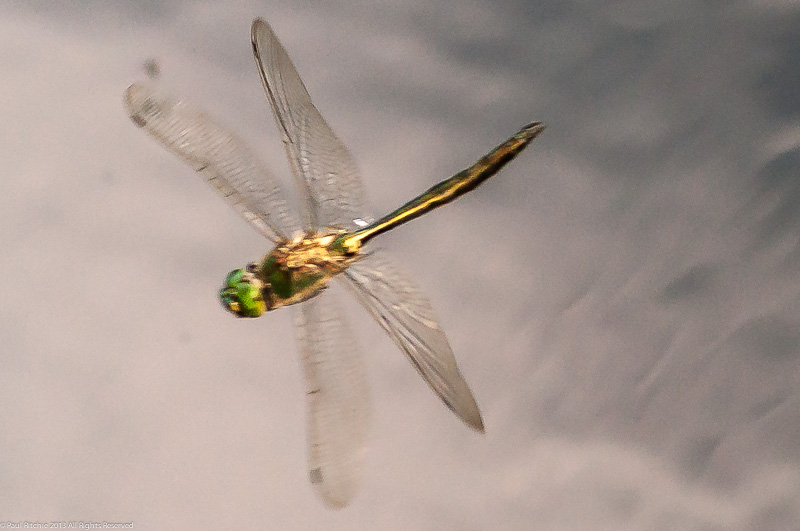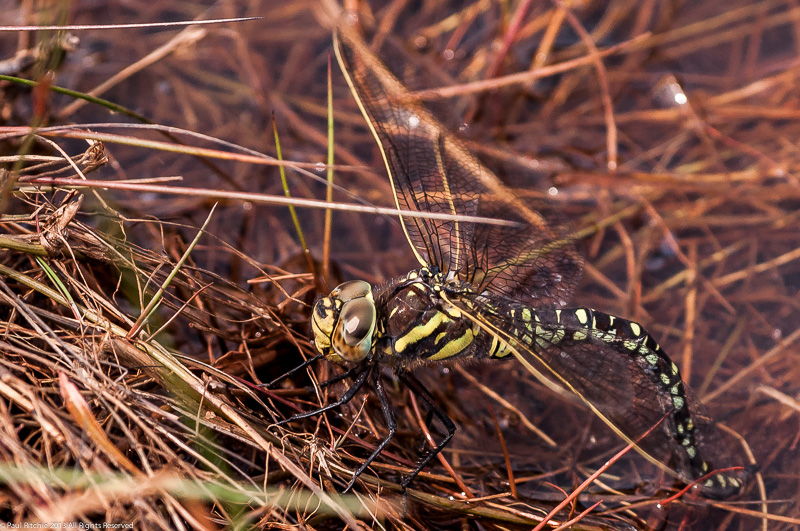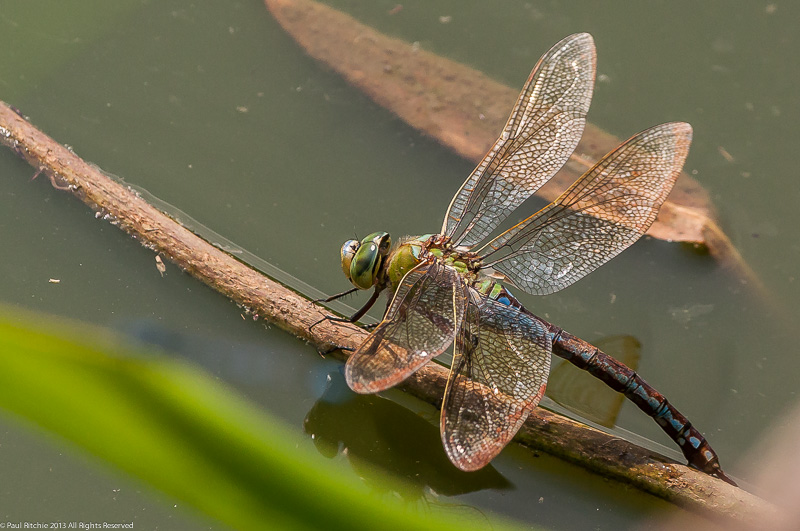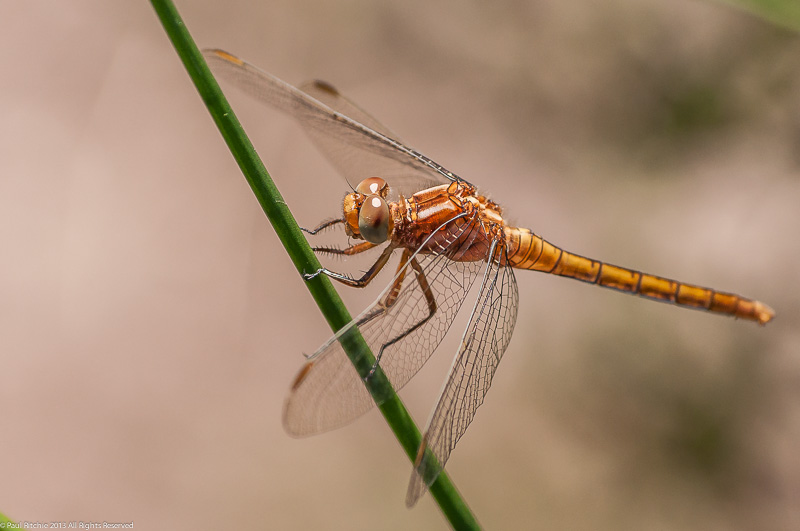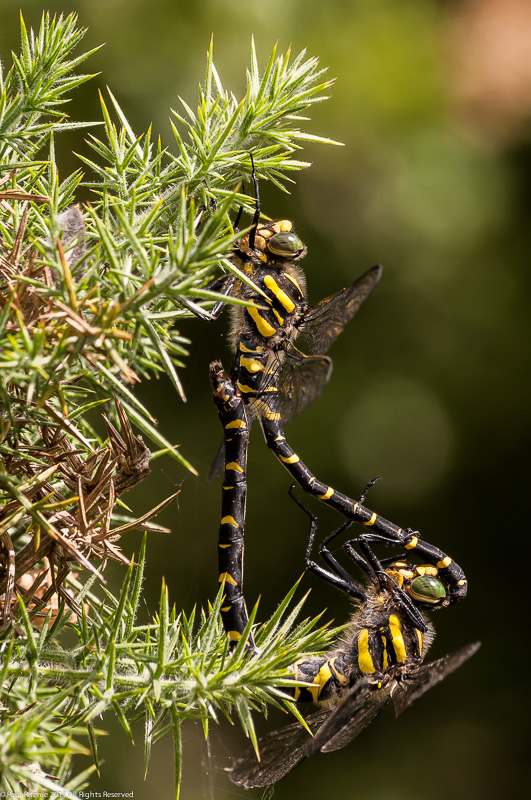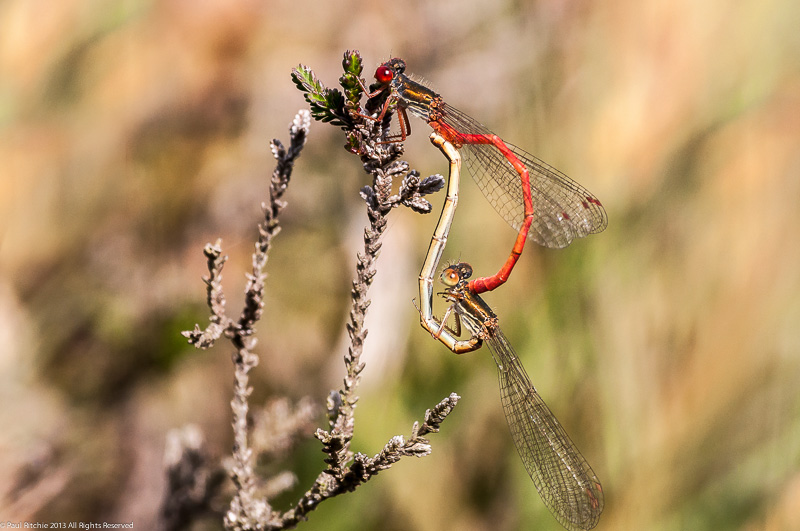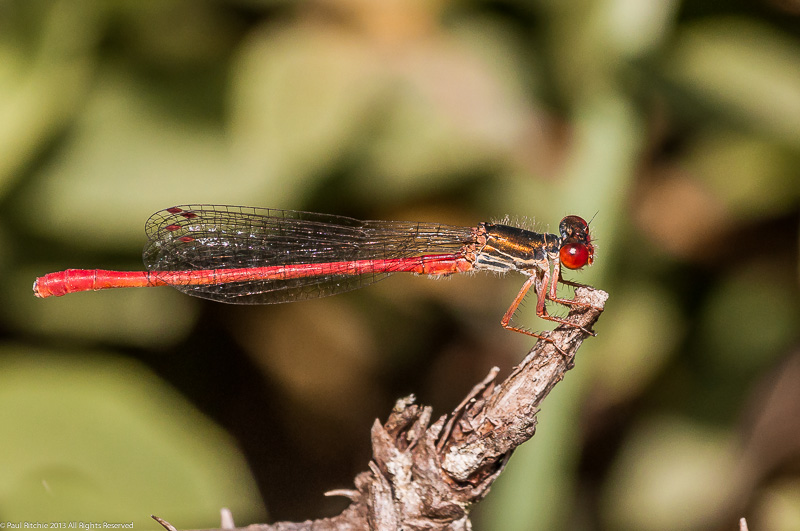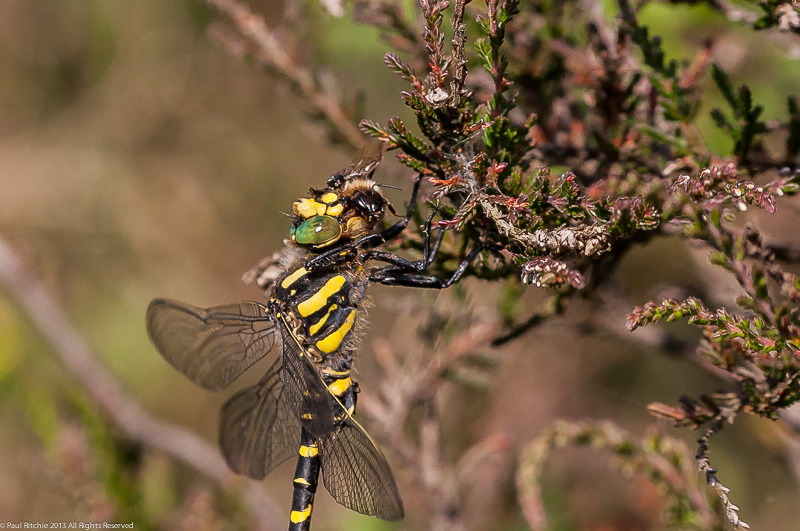The obvious problem with planning dragonfly field trips is the unpredictability of the British weather. Nevertheless the ‘Dragonfly Photo Day’ organised by Dorset Wildlife Trust has long been planned for August Bank Holiday Weekend and unless it poured with rain was going to go ahead.
We met at Ramsdown Forest car park and cursed as the rain started to fall as we made our way around the hill. The ponds at the base have long been dry and unsurprisingly the surrounding heath didn’t show a single species.
Having to dial down the ISO to 800 in the open is never a good sign.
We continued along the path towards the clearing with not a sign of any hawker; not even a Common Darter. It wasn’t until we reached the top pond before we had our first sightings. Emerald Damselflies, both sexes, in very good numbers which allowed our group to fill their boots with the very subjects they were here for.

The constant gloom didn’t help, although the rain had at last stopped. After the Emeralds, the only other subject which gained a following was a surprisingly tame Green Tiger Beetle. We decided to call time and head back for some tea and cake before the hardiest of us continued on to Troublefield. Surely here we would find some dragons holed up?
There were, but we had to persevere before we caught sight of a few tired-looking female Beautiful Demoiselles. Doug spotted a Golden-ringed which didn’t stay around, and Sue spied a female Southern Hawker which also moved on to higher pastures.
A tour of the northern pasture at least threw up a worn Keeled Skimmer – the first time we had seen this species here.
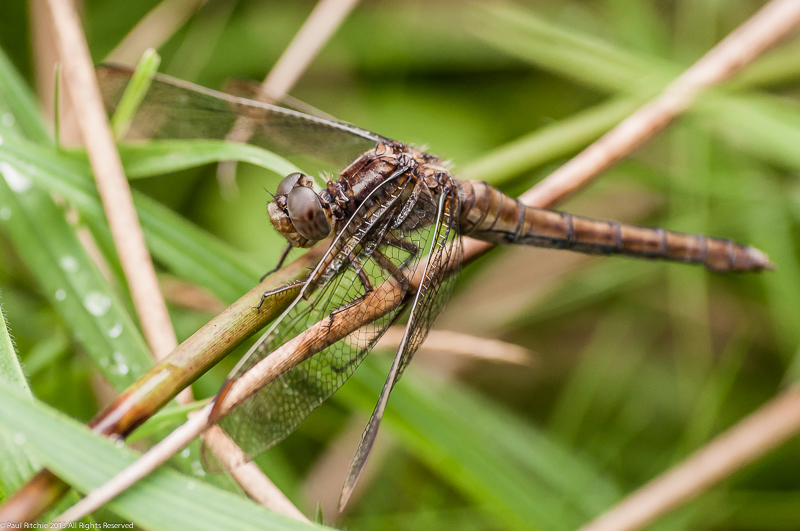
A few more Beautiful Demoiselles were spotted among the plentiful Small White butterflies, and then finally I disturb a female Southern Hawker which I managed to follow in flight, watching carefully as she landed not too far away across the meadow.
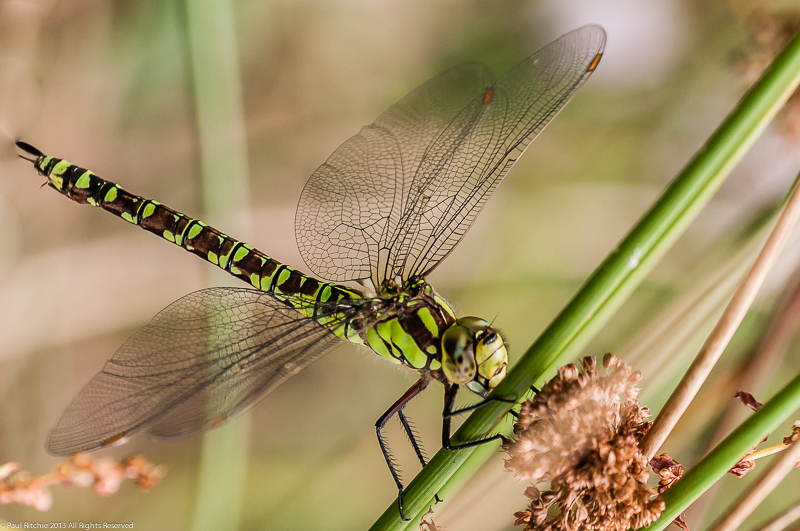
Up in the top of the field one of our guests spotted what turned out to be a male Southern Hawker which provided another welcome opportunity.

Back for refreshment at the car we considered our options and after a walk around the fringes decided to go back into the southern pasture to make the most of the sun which had finally decided to break through. At last we saw a couple of hawkers flying, albeit briefly. A female Migrant flew from one section of the oak to the other at a great height, and a male Southern flew back & forth briefly before settling up in the oak as well.
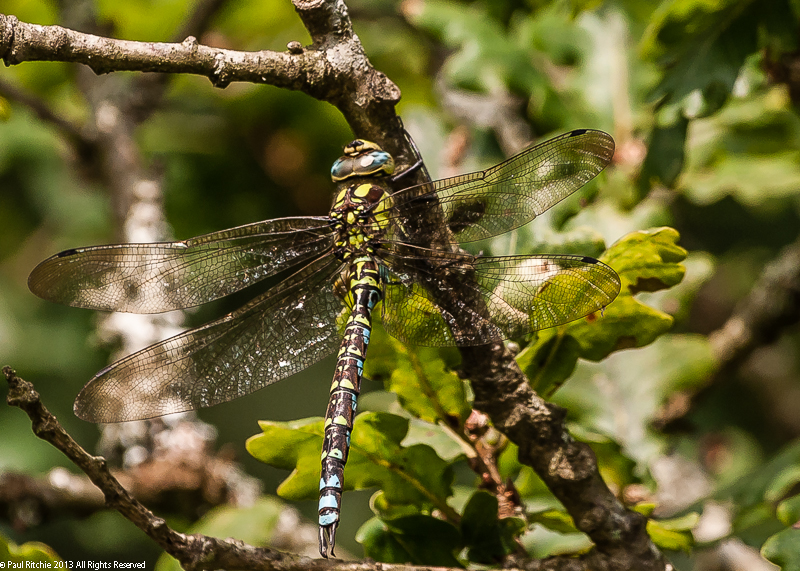
The key corner of this reserve has been compromised by the appearance of a Sallow which seemed to have shot up over the course of a year to obscure the usual perching stems behind. It’s not unusual to see three or four hawkers sharing the same plant stem behind the electric fence, but no such luck today.
Sat in the grass desperately waiting for a feeding frenzy in the now glorious sunshine, a shout came in from Tim that the Golden-ringed he had frantically chased around the stream was flying towards us, and luckily landed a few meters low down in the grass.

A welcome end to a difficult day where most of the group had long given up, but it just goes to show that it is still possible to find dragonflies if you look hard enough.

